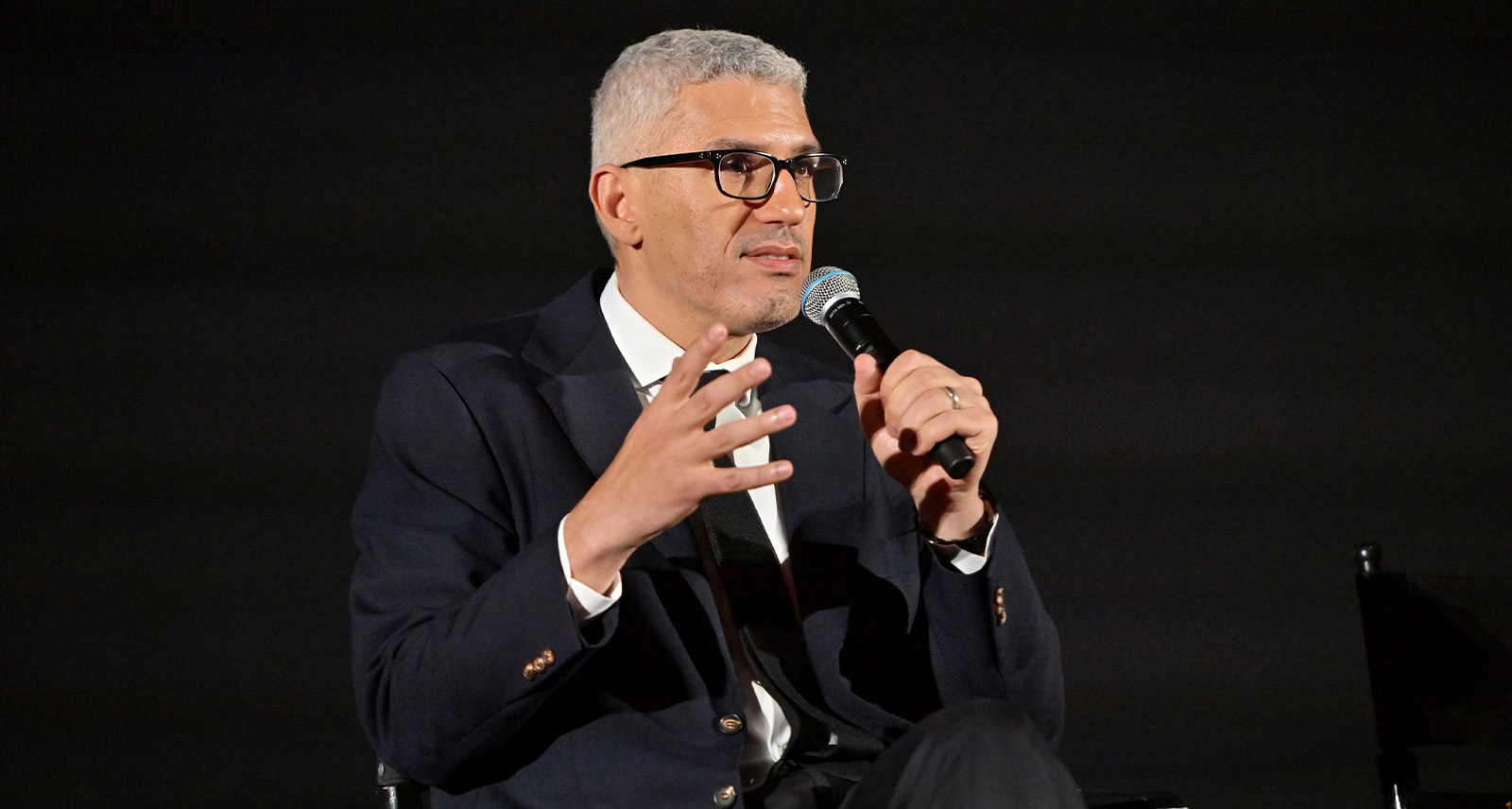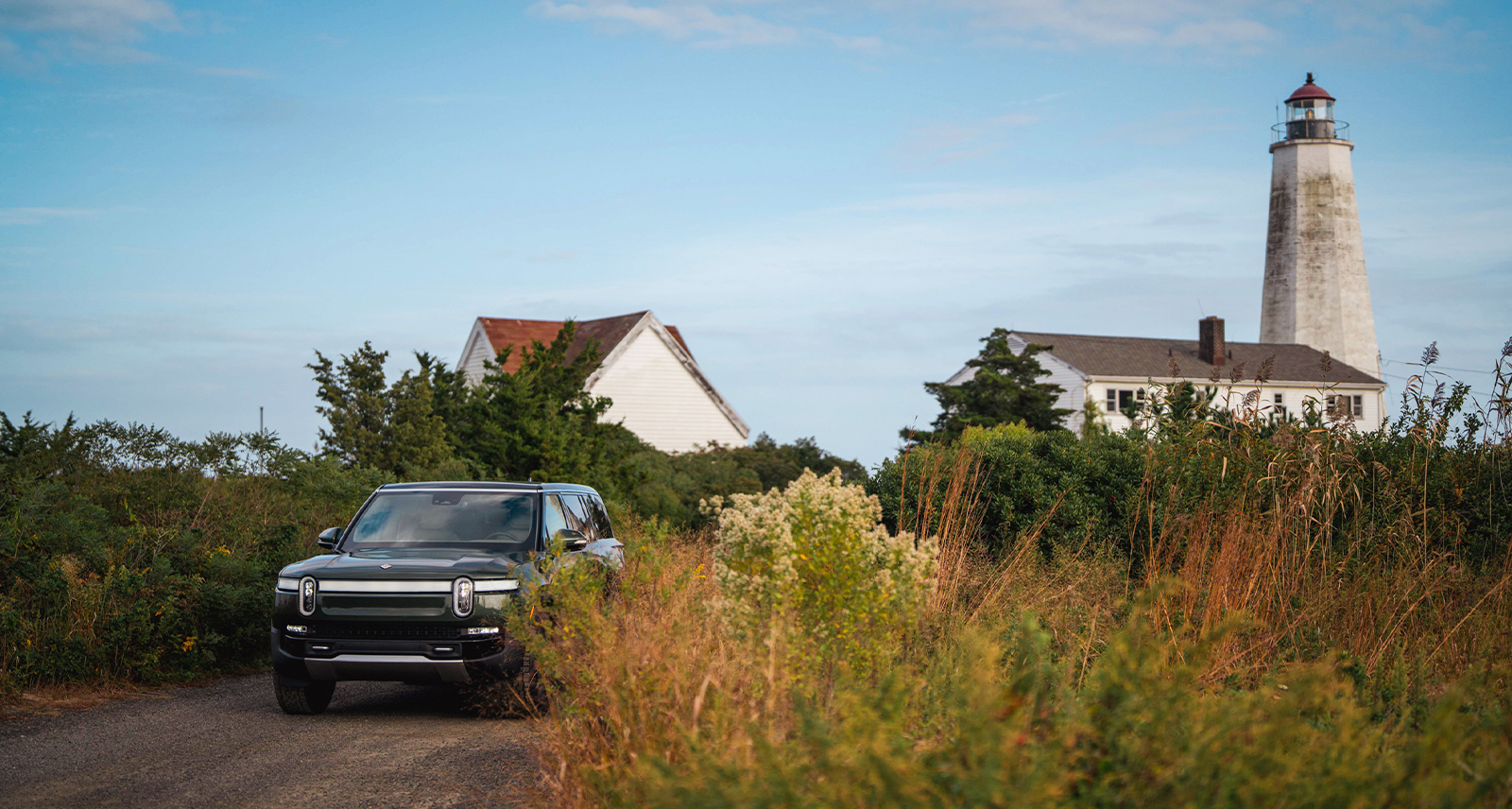Director Sam Esmail on Working With Barack Obama & Julia Roberts
After winning over critics and audiences alike with Mr. Robot, director Sam Esmail is back with another thought-provoking entry: the new Netflix film, Leave the World Behind.
The film follows Amanda (Julia Roberts) and her husband Clay (Ethan Hawke), who rent a luxurious home for the weekend with their kids, Archie (Charlie Evans) and Rose (Farrah Mackenzie). Their vacation is soon upended when two strangers — G.H. (Mahershala Ali) and his daughter Ruth (Myha’la) — arrive in the night, bearing news of a mysterious cyberattack and seeking refuge in the house they claim is theirs. As the looming disaster grows more terrifying by the minute, the two families are forced to come to terms with their places in a collapsing world.
Based on the National Book Award-nominated novel by Rumaan Alam, the film marks the first fictional movie from Barack and Michelle Obama’s Higher Ground Productions company. Barack had included the novel on his 2021 summer reading list and even sent Esmail notes on the script. I spoke with Esmail about making an apocalyptic disaster film, the resonance in today’s times, and working with Roberts, Ali, and Obama.
“It was the human side of technology that I was fascinated by: our choices behind it and how we use it.”
Sam Esmail
As a filmmaker, what did you immediately envision when you read the book? What was always at the heart of this film for you?
When I was reading it, it made me feel like I was hearing a campfire story. Those stories you tell around the fire, usually about something scary — a threat that everyone’s sort of afraid of — and you come together as this community, as this group. You kind of bond over the story. Even though it might be scary, or it might be a real threat, or even an imagined threat, there’s a bonding that happens, just hearing the story and going through it together. That really spoke to me; when I read this book, it felt like a campfire tale for our modern times. That was really exciting to me and that was part of the reason why I really wanted to make this into a film.
You sure love exploring the impact of technology — I saw parallels with Mr. Robot. Why is that a driving factor for you?
Well, for whatever reason, technology was something I’ve always been fascinated by as a kid. And initially, I never saw the dark side of technology — I saw it as this great tool that could really help people. It could really create this global community that we’ve never had before. The invention of the internet brought people together.
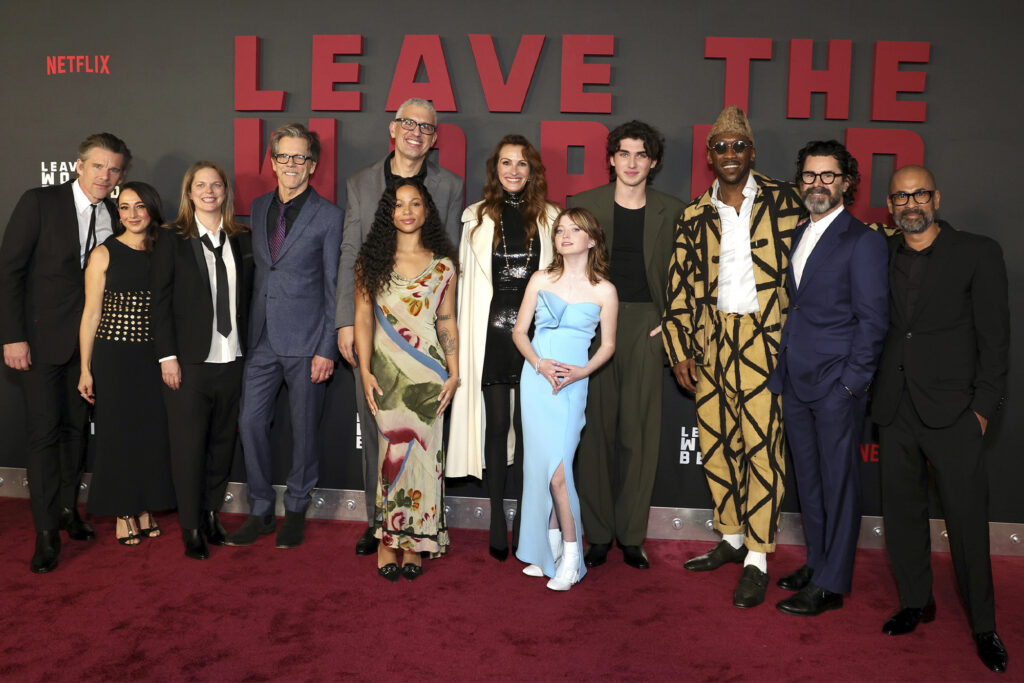
It wasn’t until the turn of the century that I started to see the dark side of technology. It sort of clicked for me that the tool wasn’t actually good or bad. It was the human side of technology that I was fascinated by: our choices behind it and how we use it. That’s the part that [became] attractive to me, and that’s what motivated me to explore Mr. Robot from the perspective of a technically proficient person who’s actually narrating how this technology can be used against us.
What was interesting about this film was [getting] to look at the opposite end. People who don’t understand technology and who are left in the dark or cut off from it: what is that about? How can they now navigate this world without that? For me, I love looking at this topic from all different angles.
I also felt like it was a bit of a horror film at times, not just metaphorically speaking. I loved the camerawork, especially the one in the shed and in the house. Did you vision the style and tone from the get-go?
“I do have hope for humanity. As dark as I’ve taken this story, I think there’s always a way out. Art, to me, is one of those ways.”
Sam Esmail
One of my favourite horror films of all time is The Shining. That was something I spoke to my production designer Anastasia White for a long time about. To me, The Shining was unsettling because of how the set sort of trapped the characters, and [by showing] how compressed you can make the action with just the set and locations alone. Because I knew we were going to be in this house a lot, I wanted to make sure that we could put the camera wherever we wanted. I kept the characters as sort of prisoners within this space. So, when we found the location, we basically mimicked that on the stage. We were able to create camera moves that put you in that unsettling position.
I loved the ending of the film and the Friends cut. I’m also a huge Friends fans and find comfort with that show. Can you talk about how that got into the script and why?
I read the script during the pandemic and this was like a crazy time in our world. We were all confused. We were in the dark, we were scared, we were divided, and we all were watching Tiger King and binging old shows and binging Friends. I just thought there was something really human and sweet about that. I thought it was a perfect way to end this movie because I’m not interested in being a nihilist. I do have hope for humanity. As dark as I’ve taken this story, I think there’s always a way out. Art to me is one of those ways.
You turned America’s sweetheart into a modern day Karen. Can you talk about why Julia — whom you described as the Michael Jordan of actors — was at the top of your mind for this role?
It’s precisely because of what you just said, because she is America’s sweetheart. That’s the reason why I thought she could play this part. Not only does [she] subvert your expectations on what you’re going to see [with] her portrayal of this character, but she has the range and the likability to find the humanity in such a flawed character like Amanda.
“We have to find a way to talk to one another. Because if we start to silence one another, that — to me — is the death nail.”
Sam Esmail
What was the discussion with Julia about portraying Amanda?
Well, it’s so easy to cast “Karen” as just a bad person or a bad guy and that’s one dimensional. That doesn’t go anywhere and that’s not interesting. We wanted to flesh her out as a three dimensional person. And, yes, she has flaws. Yes, she has biases, but it’s something that we can relate to and understand because I think we all do. That was what Julia and I really spoke about: her fear comes from not just fear for herself, but her family.
At every moment, we just wanted to make sure we were aligned with that relatability. ‘Does the audience understand in this moment why Amanda’s making this choice?’ I think that’s how you make a person feel human and real, as opposed to just a character.
Barack Obama was quite involved and gave you notes on the script, characters etc. What were some of his notes that proved invaluable?
I mean, working with him was life changing. It was a highlight of my career. He gave notes on everything from characters to the disaster elements to the themes of the movie, and he was involved in every step of the process, from prep to production to post. I couldn’t have asked for a better partner. He was amazing and to have one of the most brilliant minds on the planet be a partner was really beyond humbling.
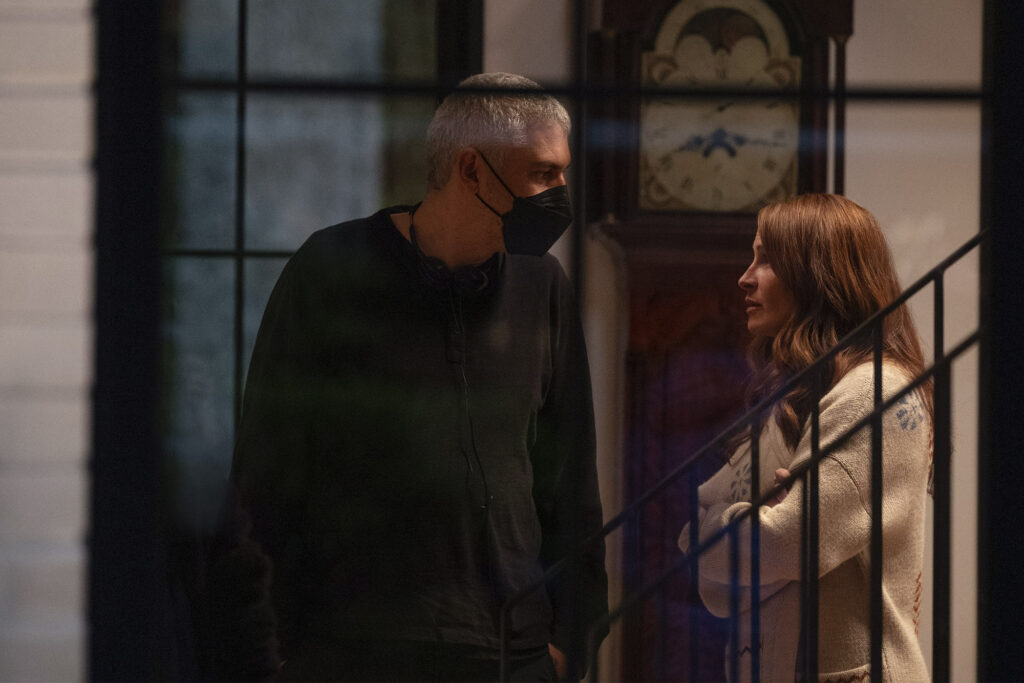
I have to say Mahershala is such a talented actor to handle layers — can you talk about collaborating with him?
It’s a dream come true. I mean, talk about a guy who has undeniable charisma. He’s just somebody that, when he’s on screen, you just can’t take your eyes off of him.
I wanted that sort of Hitchcockian hero, the Cary Grant or the Jimmy Stewart. I didn’t want a superhero. I didn’t want a guy who’s like five steps ahead, I wanted a guy who’s like half a step ahead because I want him to be this ‘everyman,’ and Mahershala was able to pull all that off. Because of his charisma and his magnetism, he kind of lures you in. He’s like the avatar for the audience. The guy is incapable of delivering a substandard performance. He’s completely authentic from minute to minute.
“A lot of disaster films focus on the spectacle as opposed to the characters that are kind of secondary. One of our goals here was to invert that process.”
Sam Esmail
At the premiere, you said that, as a filmmaker, you work through your fears with storytelling. What are some things that scare you about society that you therapeutically worked through with this film?
That’s an interesting question to me. What’s scary is when we shut down conversation. For me, we have to find a way to talk to one another. Because if we start to silence one another, that — to me — is the death nail. That’s the point of no return.
One of the reasons why I chose to end the film the way I did was to provoke conversation. [I wanted] to get people talking and debating, not just about the themes of the film, but about the relationships that they have and take stock in that. So, if you were to ask me what my fear was, it’s silencing. When we stop talking is when I think that we would have crossed the Rubicon.
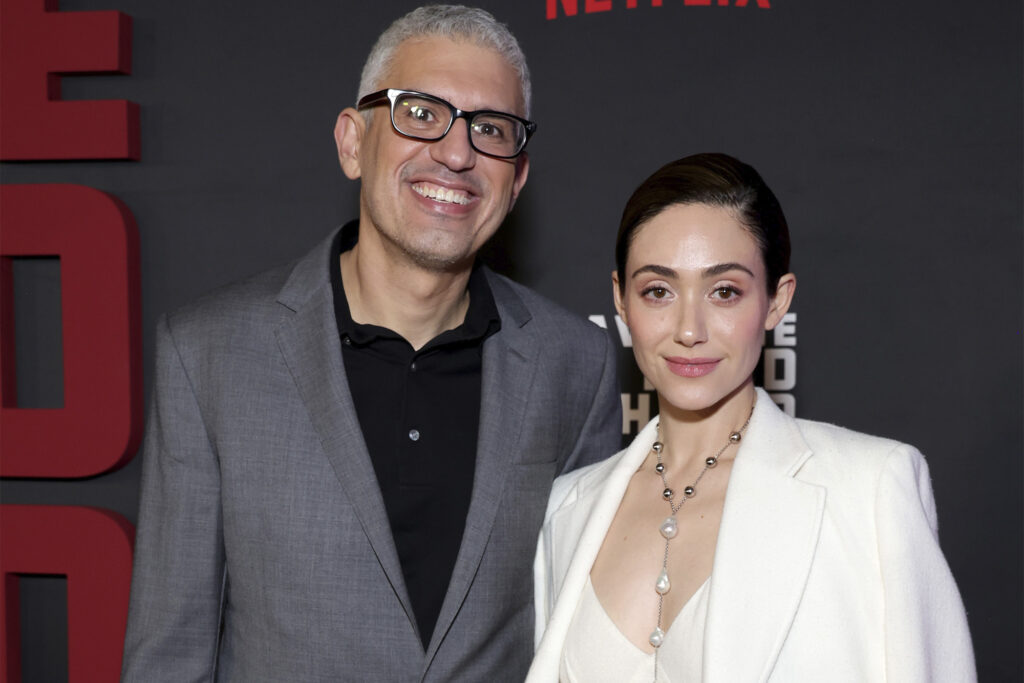
I know you love disaster films. What is the key to making a thriller/disaster movie that keeps us on the edge of our seat?
It’s character, character, character. I love the disaster genre, and I think a lot of disaster films focus on the spectacle as opposed to the characters that are kind of secondary. One of our goals here was to invert that process, and have the characters be front and centre, with the disaster elements in the distance.
If we go back to Hitchcock, since we’re talking about Hitchcock, that’s something he really understood. To align the audience with the psychology of the character, even as he’s going through extraordinary circumstances, was the best way to involve the audience. That tactic, I think, really worked well here, especially when you have such a ridiculously talented cast like I did.
Leave the World Behind is now streaming on Netflix.
